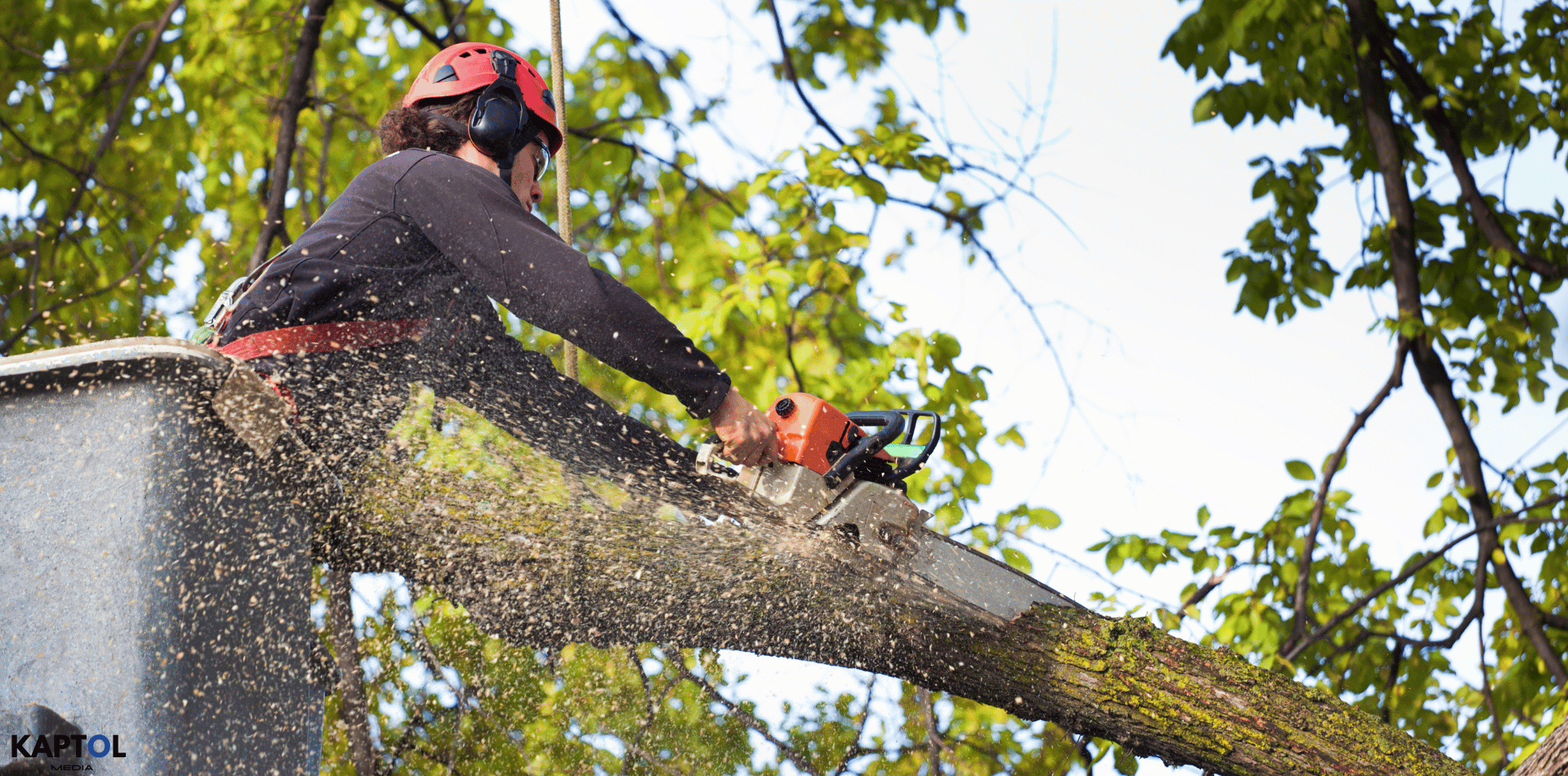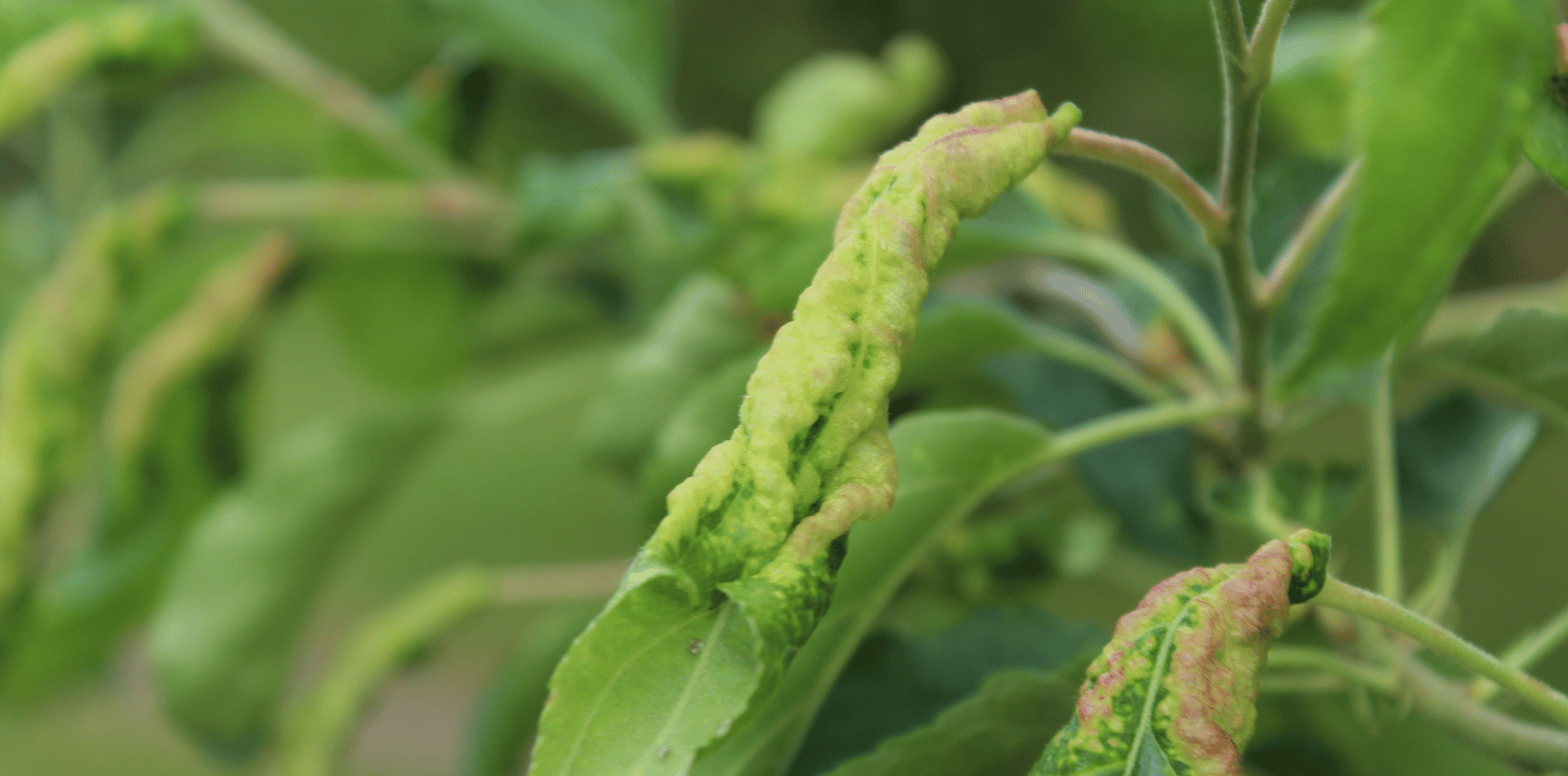What is an Australian Grass Tree?
What is an Australian Grass Tree?
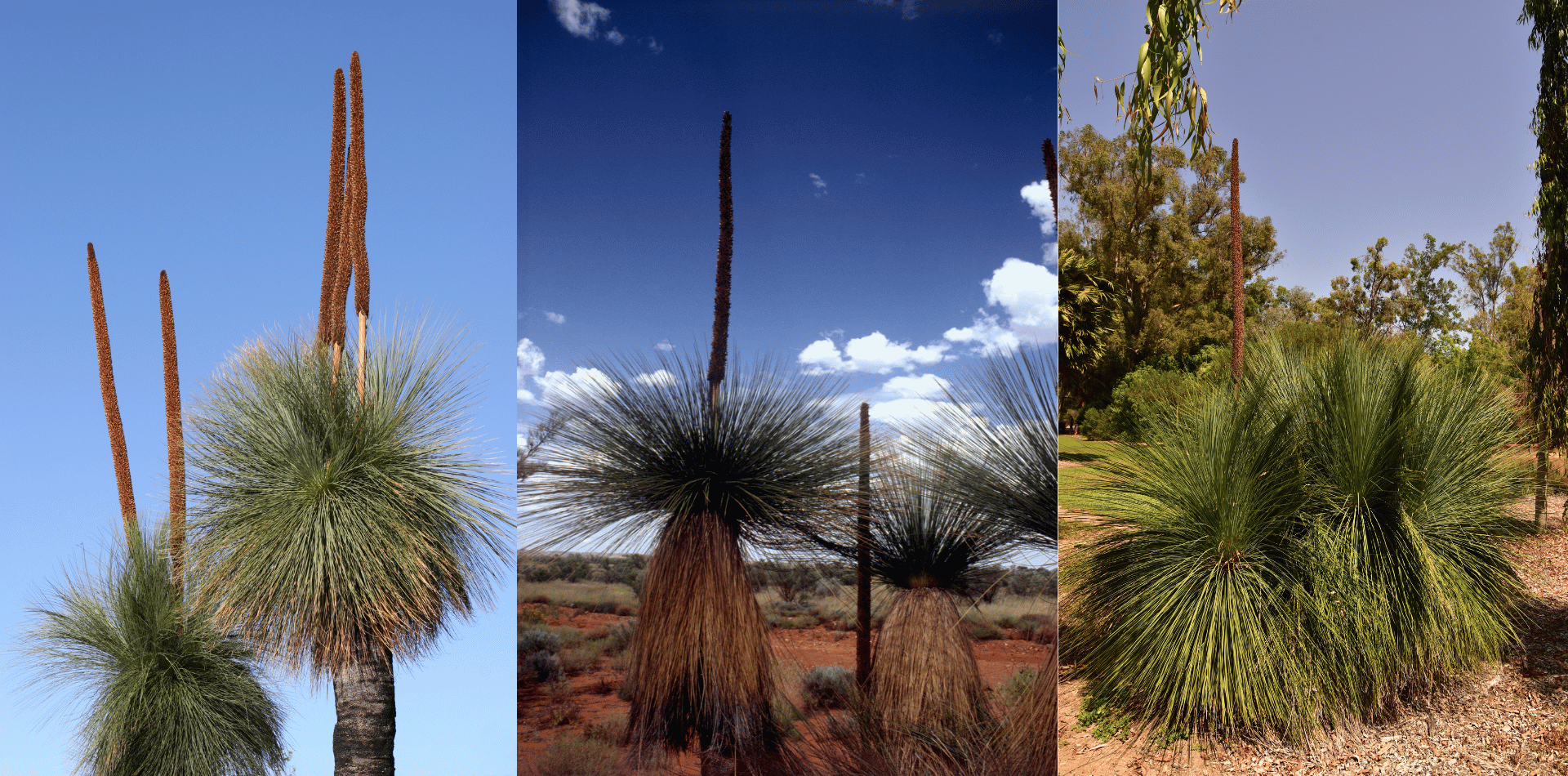
One of Australia's most fascinating and resilient plants is the Australian Grass Tree.
If you've ever wandered through the Australian bushland, you may have come across this peculiar yet fascinating plant that looks as if it has walked right out of a Dr. Seuss book.
This unique plant serves as a crucial part of Australia's ecosystem, not to mention its historical and cultural relevance.
In this article, we'll explore this distinctive plant's historical background, its botanical features, and why it holds environmental and cultural significance.
Historical Background
To truly appreciate the Australian Grass Tree, it's important to delve into its rich history and its cultural significance to Indigenous Australians.
Often known by its Indigenous name 'Balga' among the Noongar people, this plant has served multiple purposes, from being a source of food and medicine to its usage in crafting tools.
Early European settlers often referred to the plant as 'Blackboy,' a term now considered outdated and inappropriate due to its racially insensitive nature.
Modern recognition for the plant has soared in recent years, as it has become a staple in Australian ornamental gardens.
Botanical Basics
Despite its misleading common name, the Australian Grass Tree is far from being just a 'grass.'
In fact, it belongs to the family Xanthorrhoeaceae.
Let’s dissect its characteristics:
Scientific Classification
- Kingdom: Plantae
- Family: Xanthorrhoeaceae
- Genus: Xanthorrhoea
Physical Characteristics
Trunk
The plant features a sturdy, often blackened trunk that can range from short and squat to tall and slender, depending on the variety and environmental conditions.
Leaves
Long, narrow, grass-like leaves protrude from the top of the trunk, giving the plant its misleading name.
Flower Stalk
Perhaps the most striking feature is the flower stalk, which can grow up to several meters, producing a dazzling display of small, white flowers.
Growth Cycle
Slow-growing by nature, some Australian Grass Trees can live up to hundreds of years.
Varieties and Distribution
Multiple species of the Australian Grass Tree exist, each adapted to specific regions across Australia.
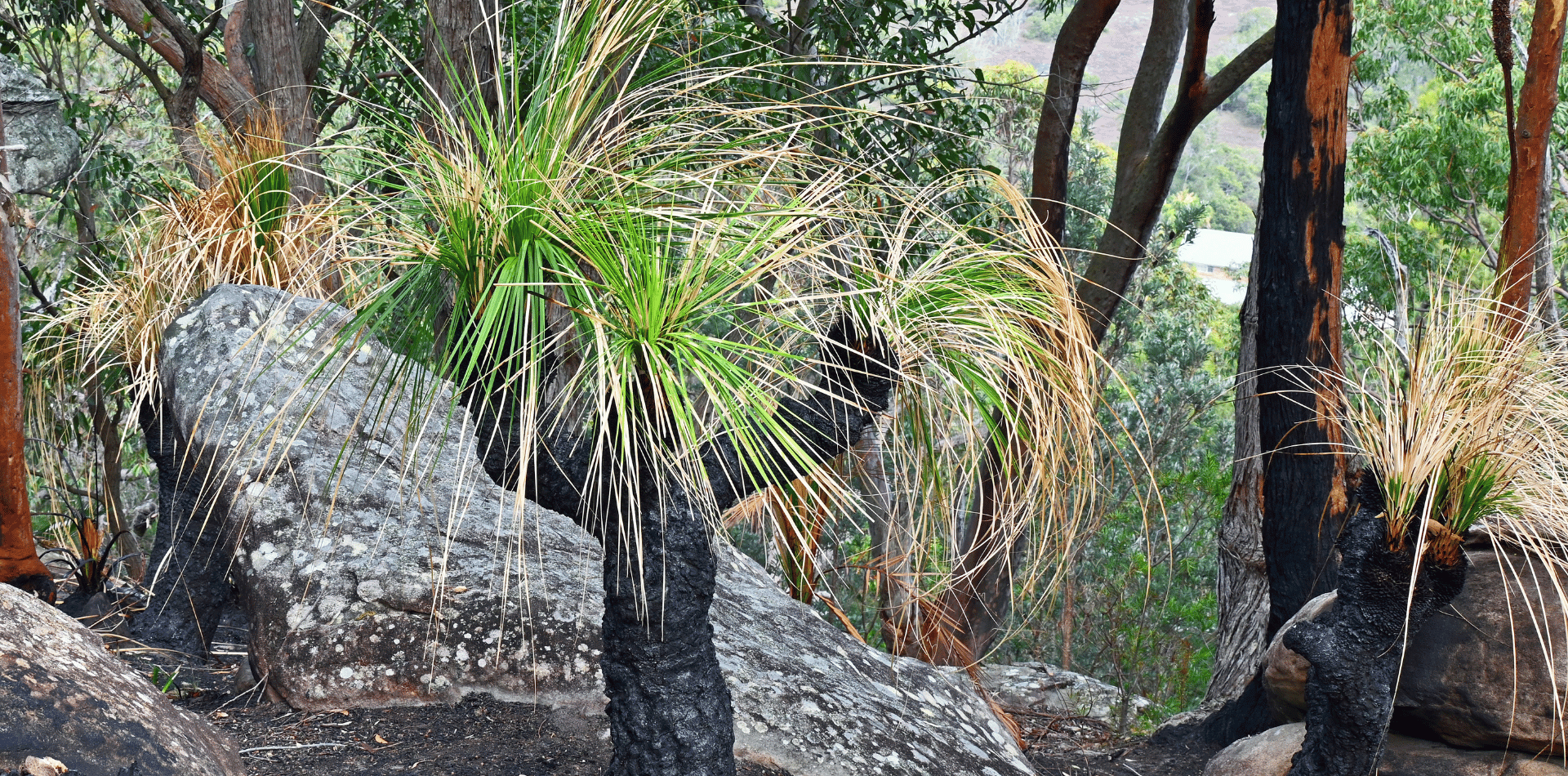
Environmental Importance
The Australian Grass Tree is not just a charming oddity of the bushland; it plays a significant role in its ecosystem.
For example, it's remarkably fire-resistant, a vital trait in Australia's fire-prone environments. This resilience allows it to become a pioneer species in areas devastated by bushfires, leading the way for other plants to establish themselves. Also, its flower stalks and leaves serve as a food source for various wildlife, from insects to larger herbivores.
Finally, its robust root system helps in soil enrichment and erosion control.
Cultural Significance
The Australian Grass Tree holds a special place in the cultural practices and traditions of Indigenous Australians. Over the centuries, Indigenous communities have found various uses for nearly all parts of the plant.
Traditional Uses
Tools
The hard, resinous core of the trunk has been used to craft spears and other tools.
Food Source
The plant’s roots and the base of its flower stalk can be consumed and are rich in starch.
Medicinal Use
The resin has also been utilised for its antiseptic properties.
Symbolic Importance
The Australian Grass Tree often features in Indigenous art and spirituality, symbolising endurance and the passage of time.
Modern Cultural Impacts
Today, Indigenous artists continue to feature this plant in various forms of art, reinforcing its enduring cultural significance.
Practical Uses Today
Beyond its ecological and cultural worth, the Australian Grass Tree has several practical applications in modern society.
It has become increasingly popular as an ornamental plant, featured prominently in xeriscaped gardens that require minimal water.
Additionally, ongoing research hints at its potential for medicinal applications, including anti-inflammatory properties.
Some industries have even explored its use as a natural adhesive, thanks to its sticky resin.
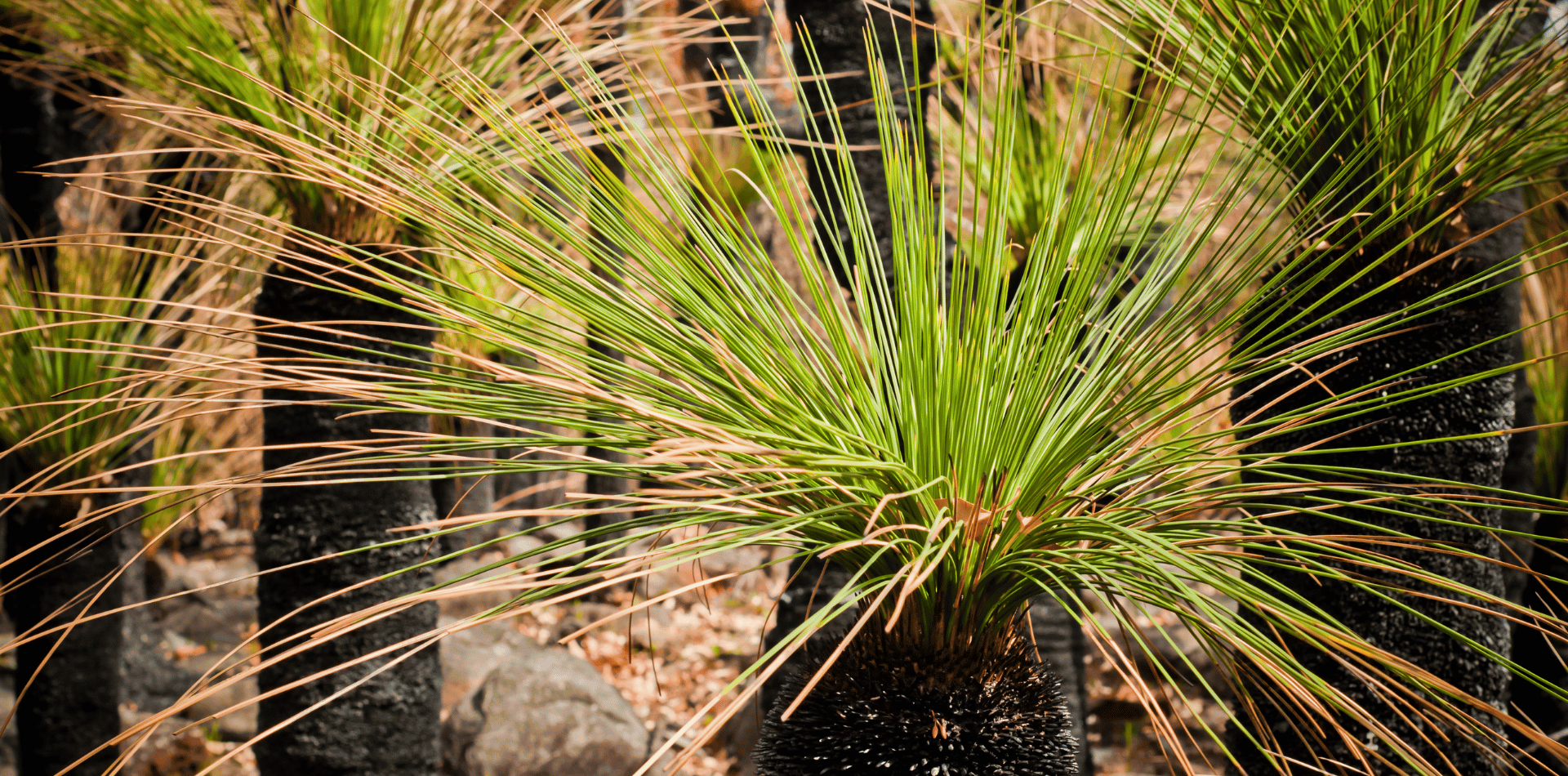
Conservation Efforts
Despite its resilience and adaptability, the Australian Grass Tree faces several conservation challenges, including habitat destruction and illegal harvesting.
Various local and national programs are working to protect this iconic species.
So what can you do?
Whether it's participating in conservation efforts or choosing only sustainably sourced plants for your garden, every bit helps.
Fascinating Facts
Just when you thought the Australian Grass Tree couldn’t get any more intriguing, here are some interesting facts that add another layer to its mystique.
For instance, these trees have a long lifespan and can live for hundreds of years.
They are pollinated by a range of unusual pollinators, including certain species of ants.
Also, their ability to rapidly grow a new crown of leaves after a fire showcases their resilience and adaptability.
As you can see, the Australian Grass Tree is far more than just an eccentric member of our country's rich and diverse flora; it's a historical, cultural, and environmental treasure.
From its role in Indigenous cultures to its utility in modern gardens, this iconic plant embodies the essence of Australian heritage and natural beauty.
Frequently Asked Questions (FAQ)
What is the Australian Grass Tree’s lifespan?
They can live for hundreds of years.
How tall can an Australian Grass Tree grow?
Depending on the species and environmental conditions, some can grow up to 6 metres tall.
Is the Australian Grass Tree edible?
Certain parts like the roots and the base of the flower stalk are edible and rich in starch.
What is the conservation status of different species?
While many species are not currently endangered, some face threats due to habitat destruction and illegal harvesting.
Can I plant an Australian Grass Tree in my garden?
Yes, but make sure to source your plant from a reputable, sustainable supplier.


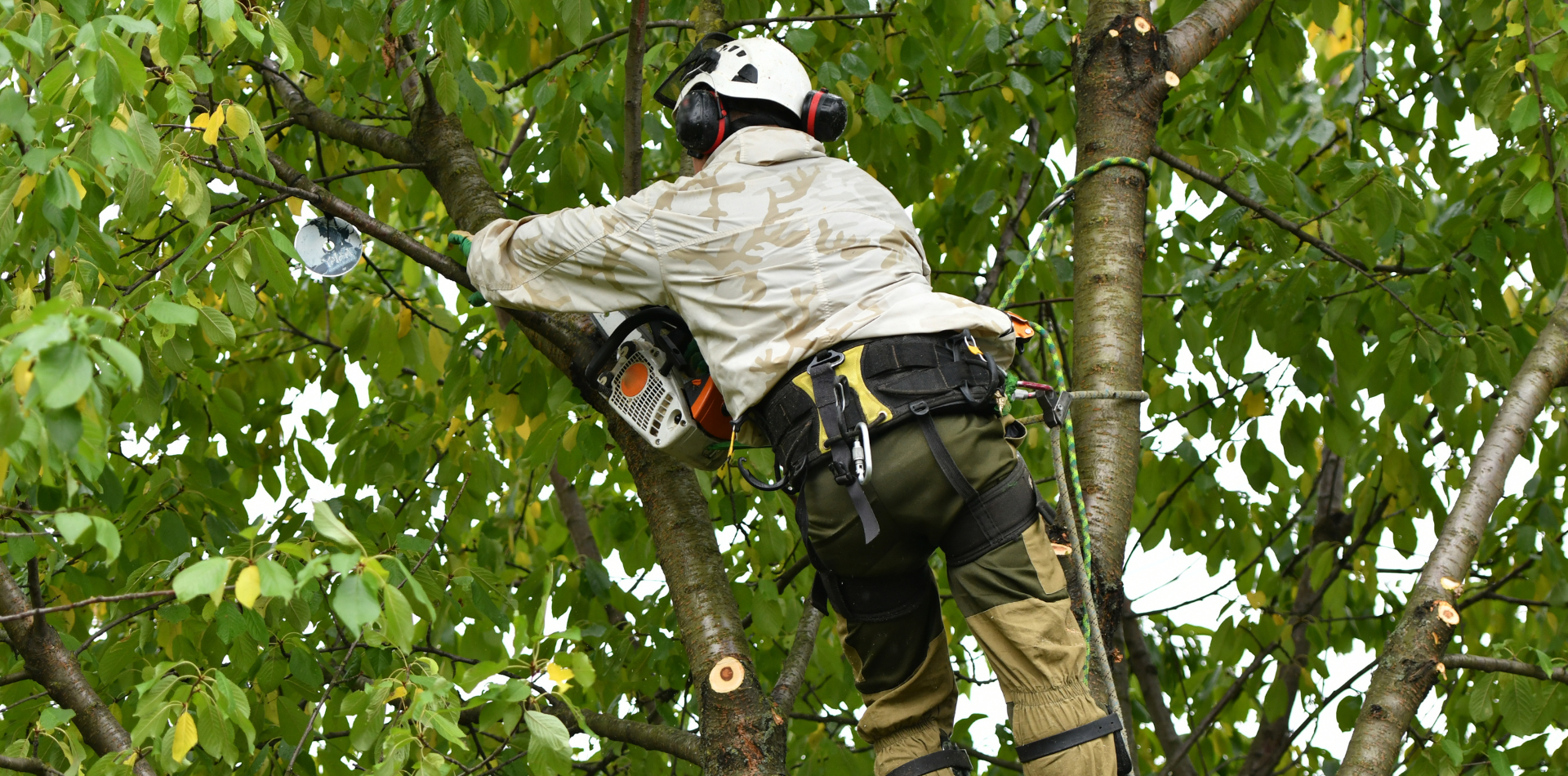


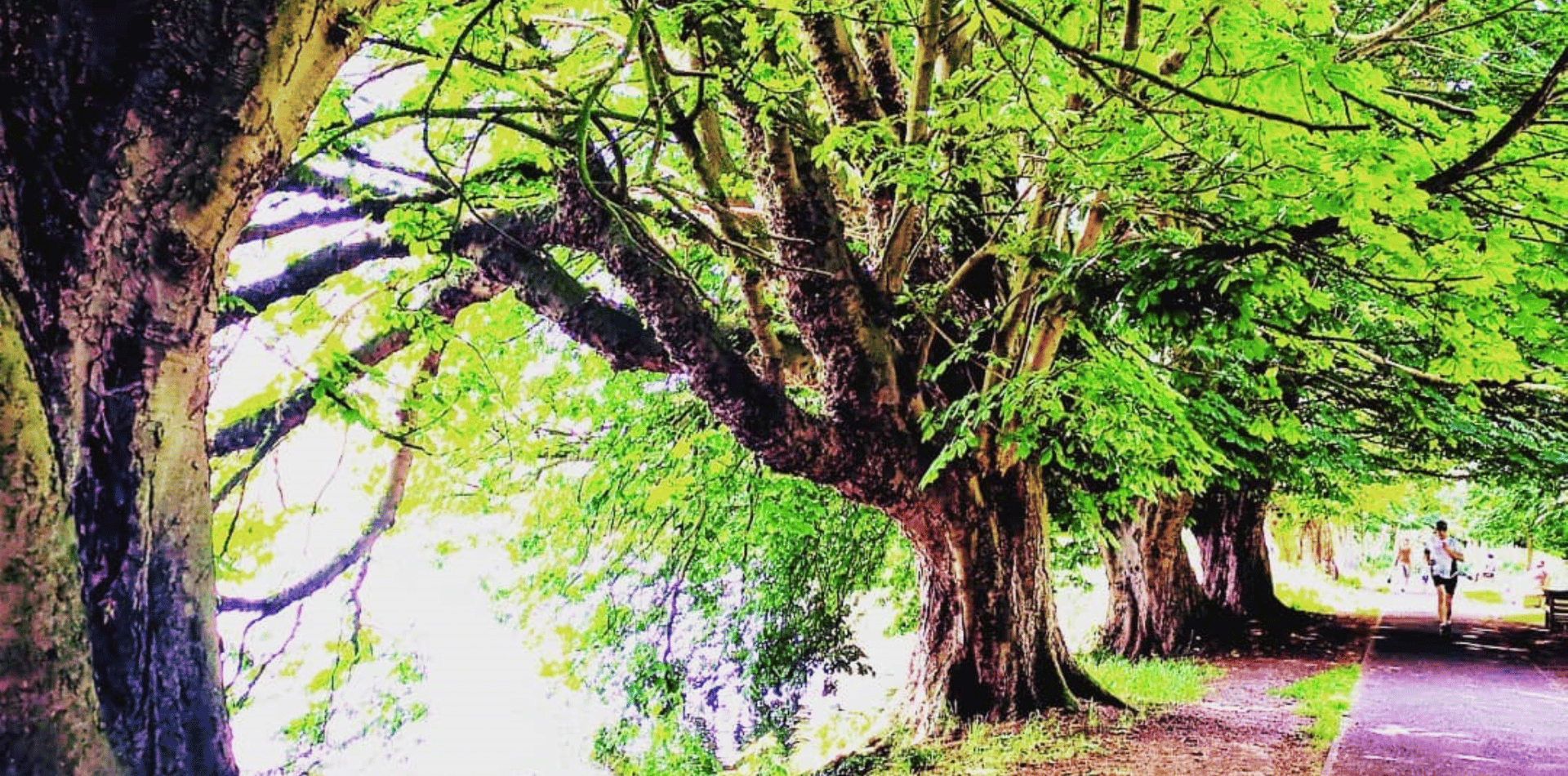
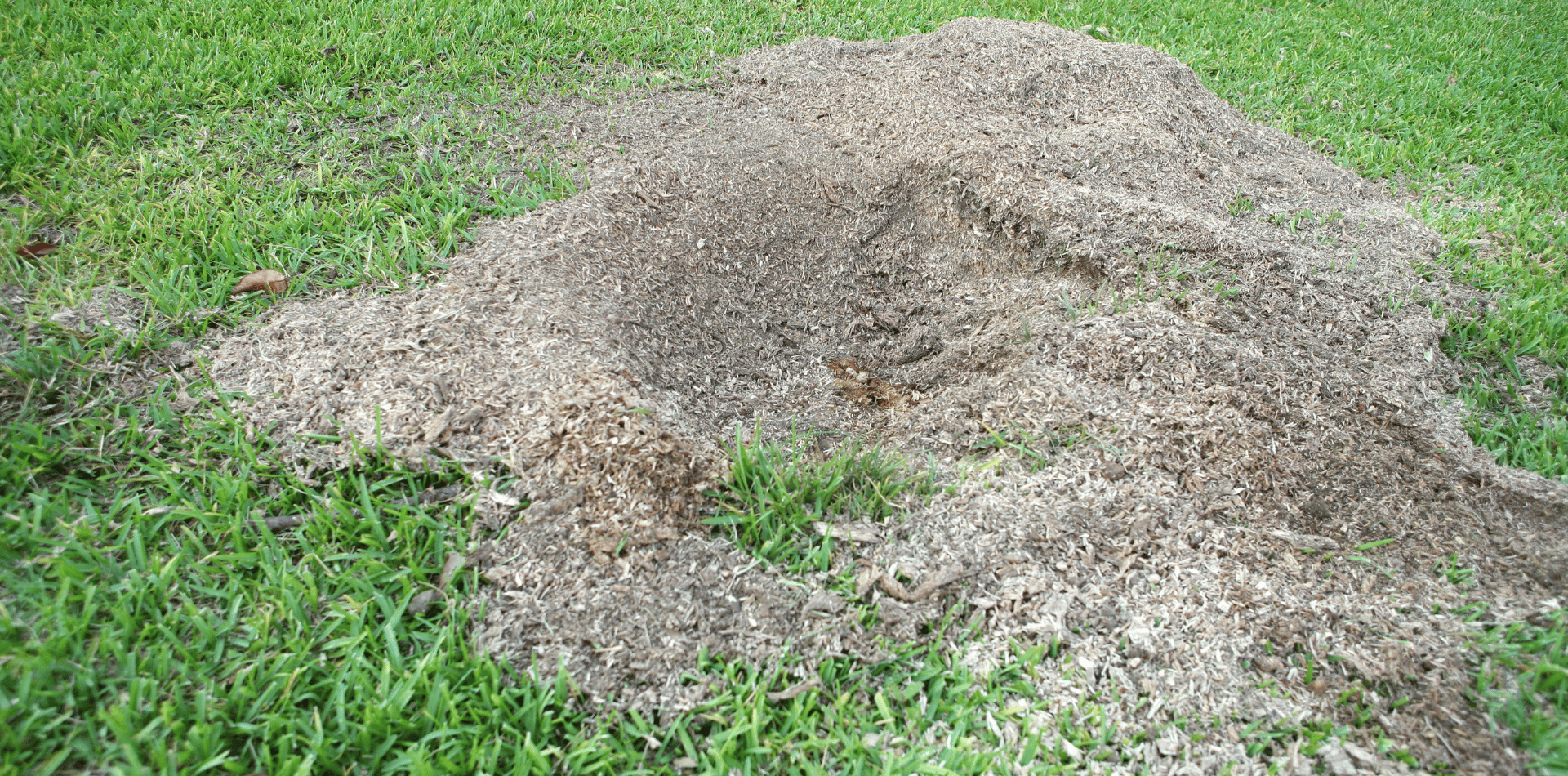

Contact
Kaptol Tree Removal Newcastle
A Member of the Kaptol Group
Powered by Kaptol Media

